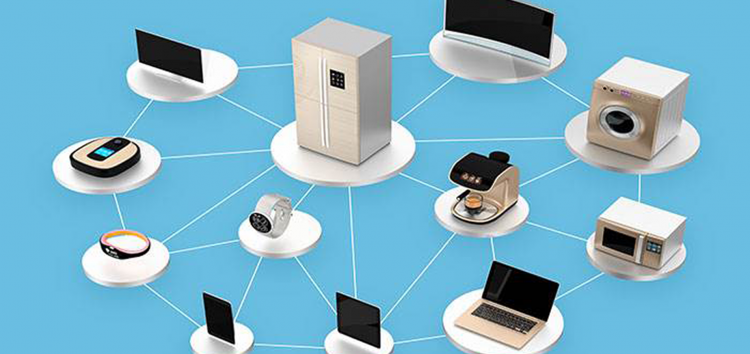
There has been an increase in the number of devices that we hold that are connected to the Internet. From smartphones and computers to electric bulbs and even smart thermostat devices. These devices are called Internet of Things (or IoT) devices. Gartner predicts that there will be 20 billion IoT devices in the market by the year 2020. Having these devices is a huge advantage as we get to to control things remotely and in some cases, can even order groceries for us.
So what does it have to do with security? It certainly does. These devices are built by different manufacturers. And since, there is no proper standardization of this technology, companies have not been following correct security protocols before shipping them out. You may feel that getting your grocery order botched is not a huge concern, but it gets serious when someone can access your smart thermostat device remotely and changes your temperature. It gets even more dangerous when your smart baby monitors gets hacked and predators are able to monitor your baby’s activities. There have even been cases of patients’ smart pacemakers at risk of getting hacked.
How to secure IoT devices?
Since there is no best practice protection standard to secure IoT devices, it is majorly up to the consumers (that is us) to be responsible for our own protection. Here are some of the best practices that we can use from a consumer’s perspective:
Make sure you change the default password for your new IoT devices.
I cannot emphasize how important it is to change your default password. The infamous 10/21 DDoS attacks targeted IoT devices which still had their default passwords. This applies to people with existing IoT devices. Passwords are one of the most vulnerable mechanism right now because they are based on our power of retention, which is limited. I have published articles about how to make a strong password in previous posts.
Keep your IoT devices restricted
Another thing that you should absolutely do, is make sure that your smart devices do not have access to your entire house. There have been several cases where hackers have been able to get access to smart security cameras, piggyback on to the home router and in the end get into the home owner’s personal computer. From there, they can record your keystrokes, view your search history and even compromise your passwords. Keeping the security cameras on a different network altogether and restricting access to certain ports through the router can deter an attacker from entering your house.
Of course, there are some IoT devices (like the smart thermostat) that make use of multiple temperature sensors in the house to get an accurate reading of environment. They need to have access to the entire house in order to do it. In these cases, a completely separate wireless network can be configured which is different from the one used by the consumers. This keeps them safe from risks.
Keep device firmware updated
You should make sure that you update the firmware of the IoT devices that you are using. This usually involves logging into the admin page of the device and making sure there are no updated required. Keeping the devices updated can prevent attackers from making use of any unpatched vulnerabilities to use during an attack and could potentially protect you from them.
IoT devices have definitely helped us feel more connected and ‘in control’ of our surrounding, but as we have seen, it can easily be used to control us and make use of our vulnerabilities. The intention of this post is not to scare the readers from buying a smart device, but to make them aware of the dangers involved in one and not take it for granted. My advice to you would be to make sure you follow the guidelines when buying new devices or using your existing one and keep updated with the latest security news.
The article is really informative. U have given very good usuful advice to protect our smart devices. Article also suggest that we should not take smart devices as granted that they 100peecent safe we should be careful and follow instructions given by u.
Thanks for sharing.
Very informative article.we should be cautious while using smart gadgets.
Very helpful ,informative &a big guide👍👌